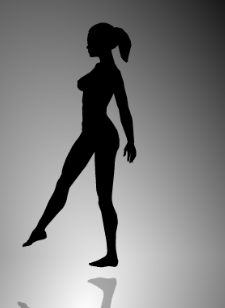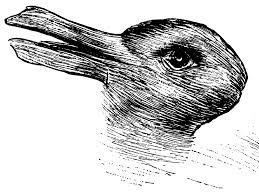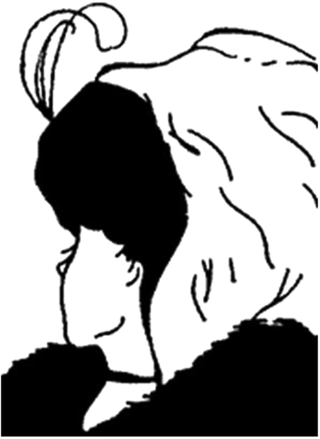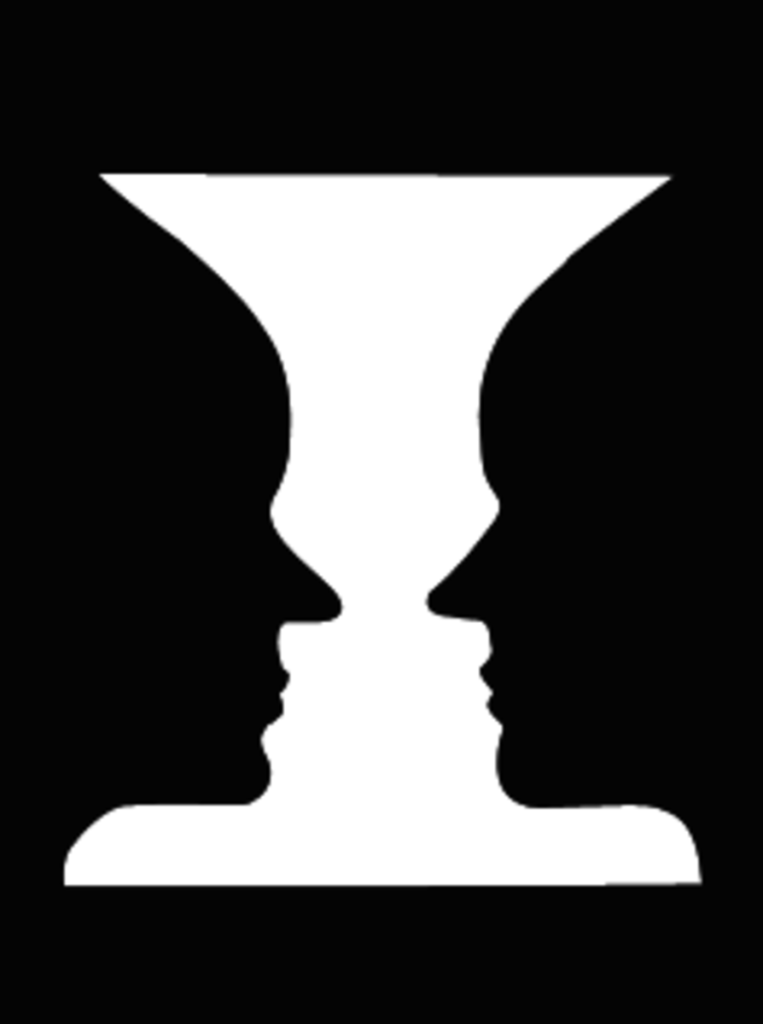The brain is an amazing organ that shapes our perception of the outside world as well as our ability to think. According to the widely accepted notion of “right-brained” vs “left-brained” thinking, people’s personalities and ways of making decisions are influenced by how much they rely on one side of their brain. While the right brain is related to creativity and intuition, the left brain is typically associated with rational and analytical thinking. These five viral photos may be able to tell you which side of your brain is more dominant.
1. The Jellyfish versus. Hot Air Balloon Illusion

You must decide whether you perceive a jellyfish or a hot air balloon first in this abstract design. If you identify the hot air balloon, you could be a left-brained person who enjoys reasoning and in-depth examination. However, if a jellyfish pops out at you, you’re likely right-brained and more predisposed to creative thinking and visual talents. Your first impression of the picture provides insight into how your mind interprets the outside environment.
2. The Myth of the Spinning Dancer

A dancer’s shadow may be seen in this widely shared optical illusion of rotating on one foot. It’s thought that the direction in which you perceive her spinning represents the dominance of your brain. If the dancer spins in a clockwise direction for you, it implies that you’re more intuitive, imaginative, and right-brained. The dancer’s counterclockwise rotation suggests a predominance of the left brain, emphasizing reasoning and analytical skills.
3. The Rabbit versus. Duck Image

Another visual that assesses the tendency of your brain is the well-known duck-rabbit illusion. While some perceive a rabbit at first, others initially see a duck. The left-brained/right-brained hypothesis states that if you identify the duck, you may be thinking with a logical, detail-oriented left brain. Finding the bunny first may indicate a creative, right-brained viewpoint. Your ability to quickly flip between the two pictures can also be an indicator of how adaptable your thinking is.
4. The Illusion of the Old vs. Young Woman

This famous optical trick may show you a youthful or an old woman, depending on how you look at it at first. Those who notice the old woman first are frequently described as left-brained, focusing on ordered and analytical cognitive patterns. The first people to see the young woman could be right-brained; they show original thought and a broad perspective. This picture illustrates how several interpretations of the same information may be made, which further highlights the flexibility of perception.
5. The Vase vs. Face Myth

The face-vase illusion shows two things at once: either a vase or two faces of people gazing at one another. Your attention is drawn to the item in the middle, so if you notice the vase first, you may be more left-brained. If, however, you notice the faces, you are dominantly right-brained because you are paying attention to the surrounding area and using your imagination to interpret the image. The capacity to change your focus between the two interpretations demonstrates how versatile and adaptive your cognitive processes are.
